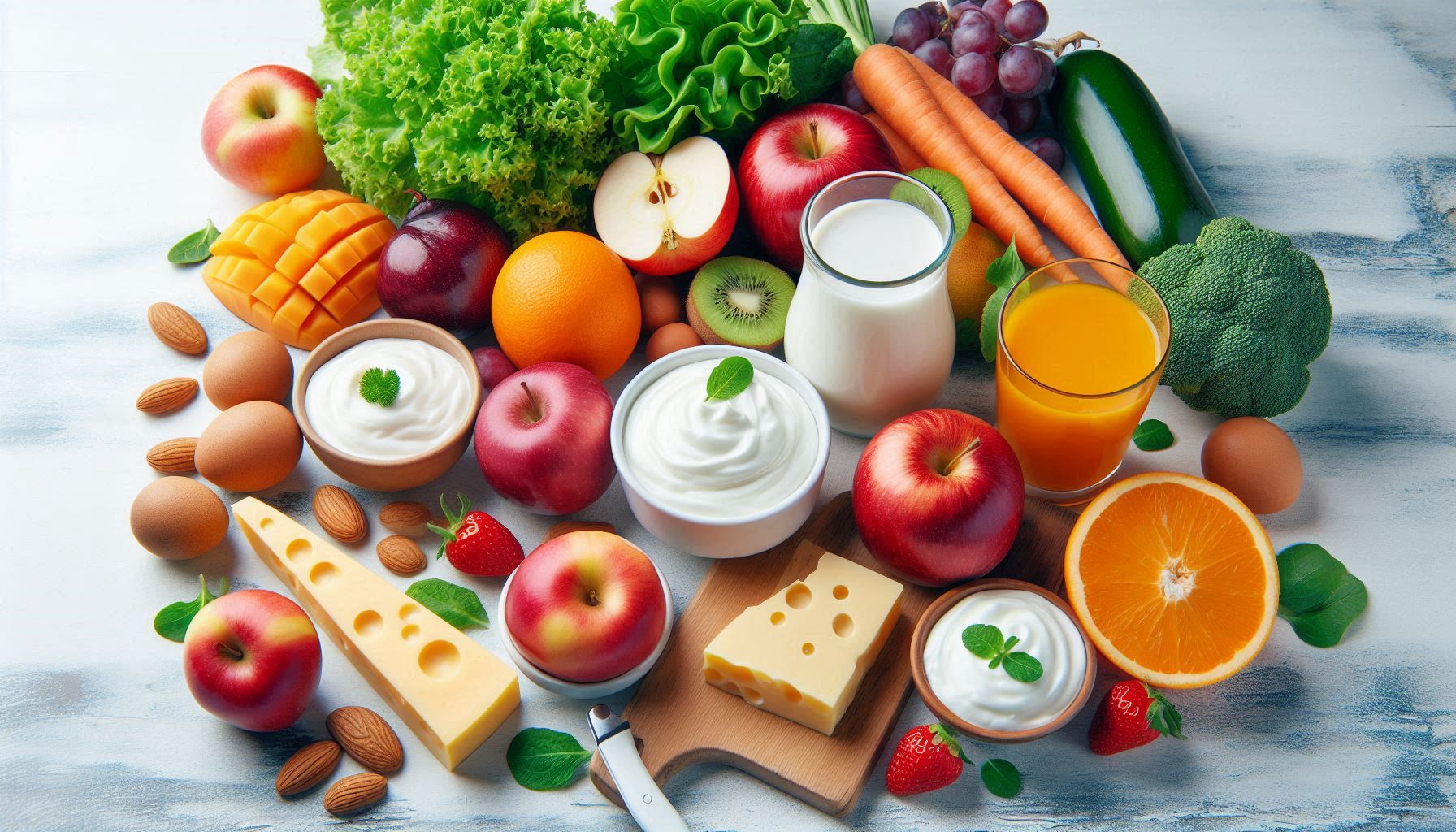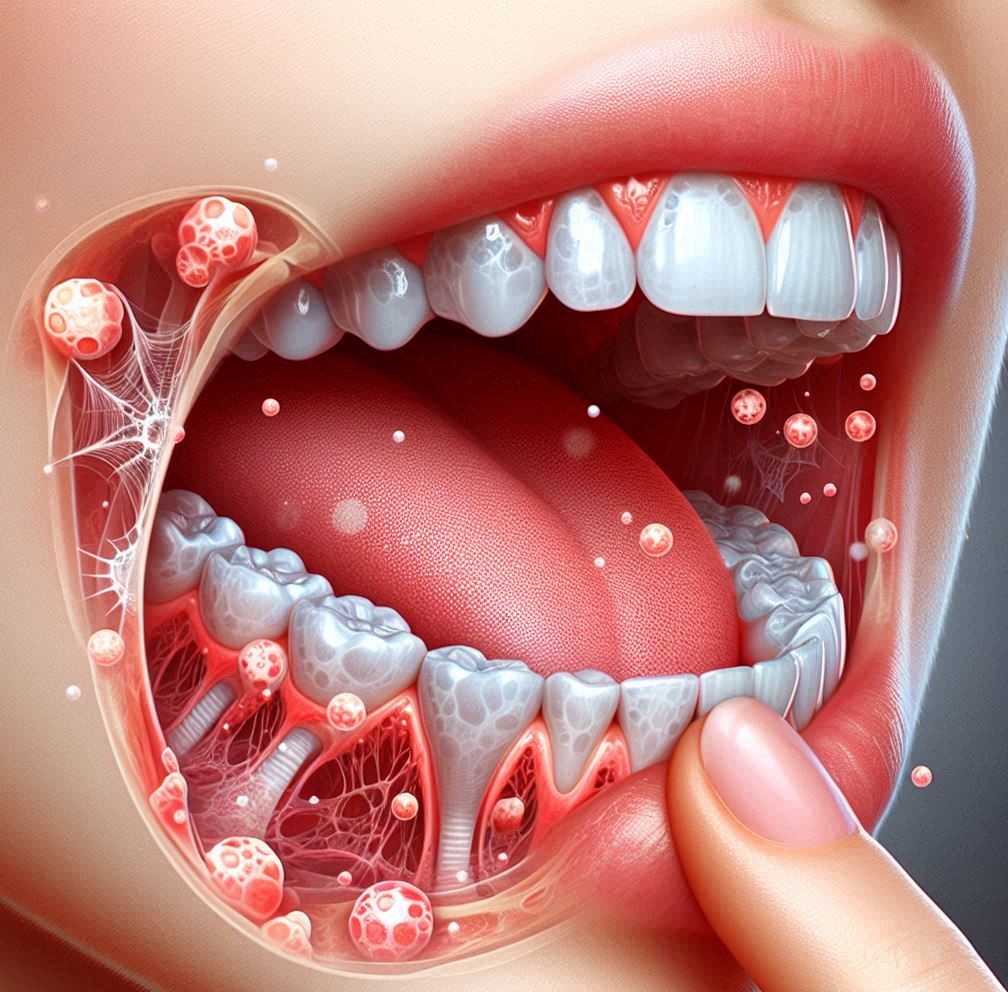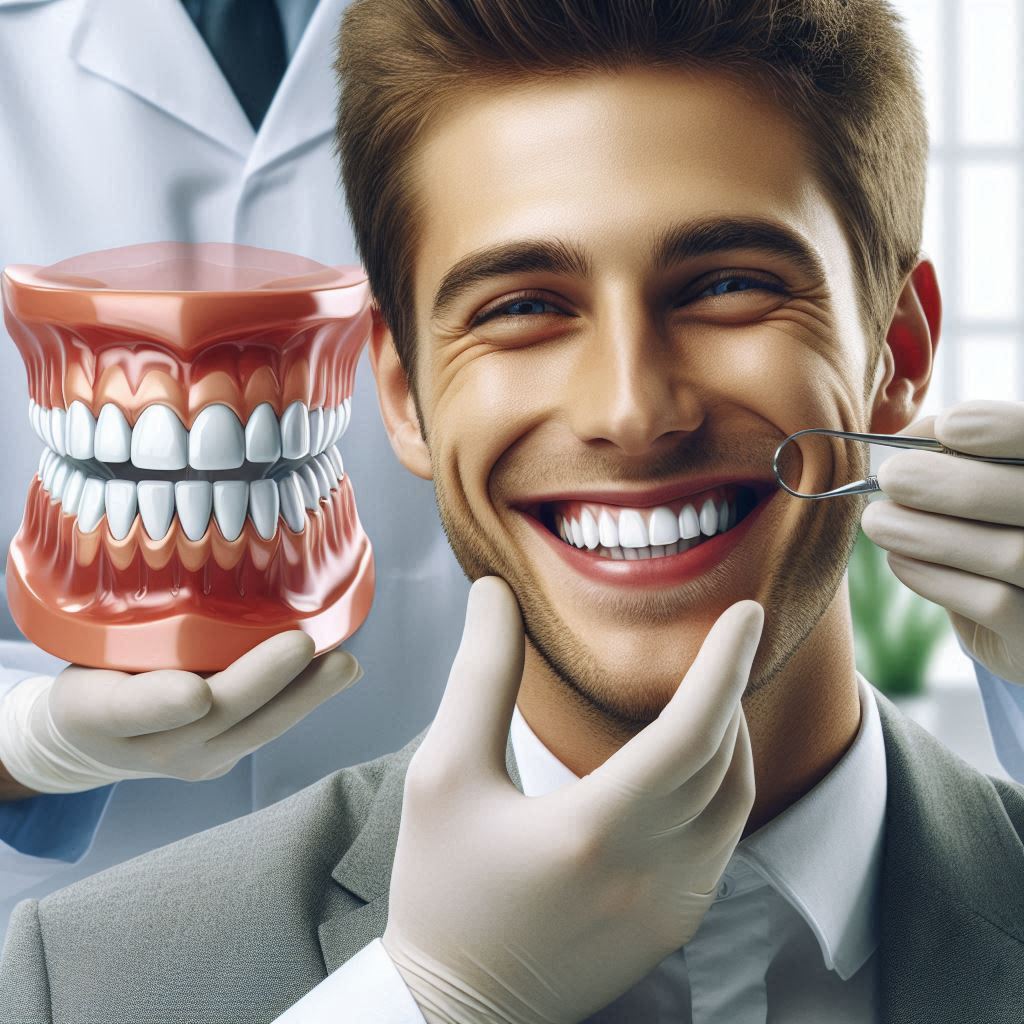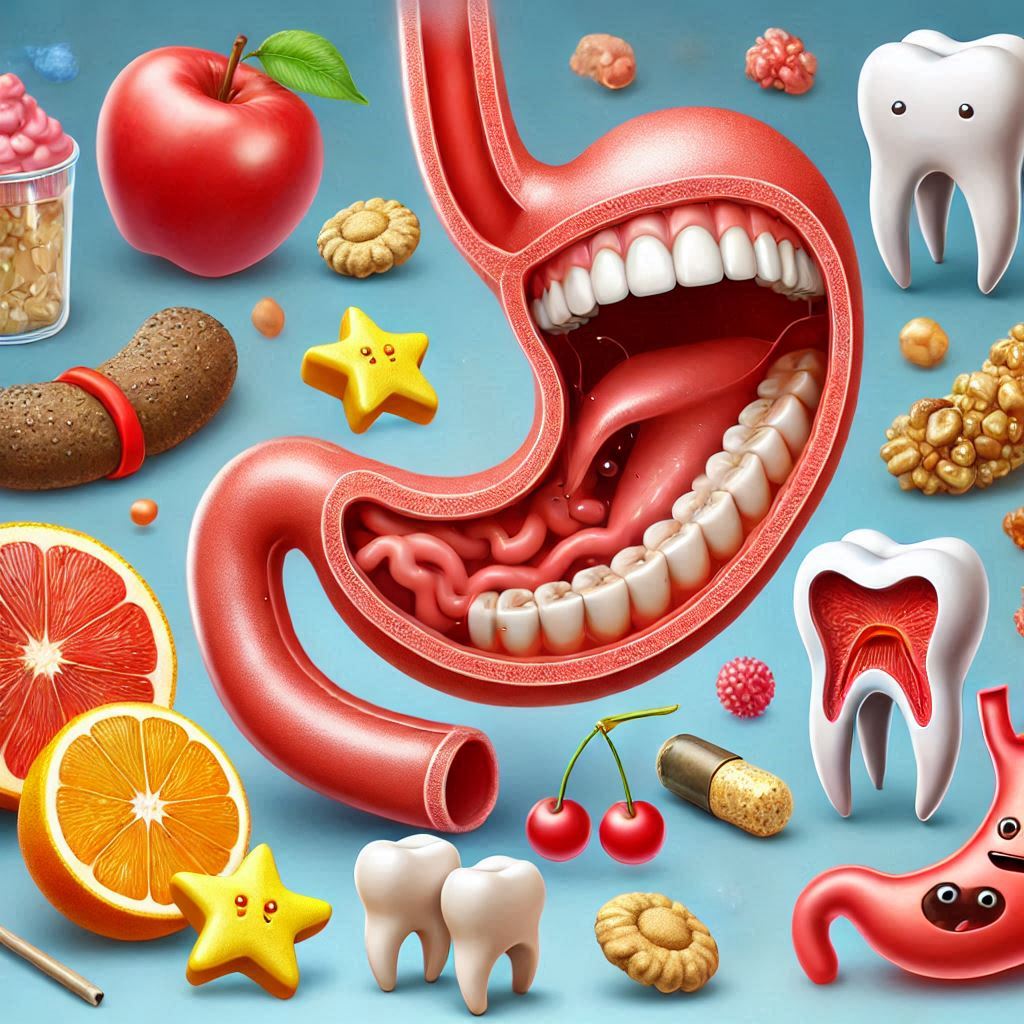A radiant smile is widely regarded as a sign of good health, and achieving it requires more than just routine brushing and flossing. The foods we eat play a crucial role in our oral well-being. Our diet can significantly impact the health of our teeth and gums, influencing everything from enamel strength to the balance of bacteria in the mouth. Consuming nutrient-rich foods can enhance oral health, while poor dietary choices can lead to issues like tooth decay and gum disease. Foods high in calcium, phosphorus, and vitamins A, C, and D are particularly beneficial, as they help strengthen teeth and support healthy gums. Crunchy fruits and vegetables can stimulate saliva production, which naturally protects against decay. Conversely, sugary snacks, acidic foods, and starchy items can contribute to cavities and erosion of enamel. It’s essential to be mindful of your dietary choices, as they are integral to maintaining not only a beautiful smile but also overall health. By prioritizing a balanced, tooth-friendly diet, you can enjoy the benefits of a vibrant smile and long-term oral health. Your smile truly reflects your health, so make every bite count!
Understanding the Basics of Dental Health
Before we dive into specific foods, it’s important to understand the factors that contribute to oral health. Your mouth is home to a complex ecosystem of bacteria. While some bacteria are beneficial, others can lead to tooth decay and gum disease. The balance of this microbial community can be influenced by what you eat and drink.
The Role of pH in Oral Health
The pH level in your mouth can affect the health of your teeth. A neutral pH of around 7 is ideal. When you consume sugary or acidic foods, the pH drops, creating an environment conducive to the growth of harmful bacteria. This is why it’s crucial to choose foods that maintain a balanced pH and promote remineralization of the enamel.
Key Nutrients for Dental Health
Certain nutrients are particularly beneficial for maintaining healthy teeth and gums:
- Calcium: Essential for strong teeth and bones.
- Phosphorus: Works with calcium to rebuild tooth enamel.
- Vitamin D: Helps the body absorb calcium.
- Vitamin C: Important for gum health and preventing inflammation.
- Fiber: Promotes saliva production, which helps neutralize acids.
The Best Foods for Your Teeth
Choosing the right foods can enhance your oral health and contribute to a brighter smile. Here are some of the top foods you should include in your diet:
1. Dairy Products
Benefits: Dairy products like milk, cheese, and yogurt are rich in calcium and phosphorus, which are crucial for strong teeth. Cheese, in particular, can increase saliva flow and neutralize acids in the mouth.
Recommendation: Opt for low-fat or full-fat versions without added sugars. Plain yogurt with live cultures can also support oral health by promoting a healthy balance of bacteria.
2. Crunchy Fruits and Vegetables
Benefits: Crunchy fruits and vegetables, such as apples, carrots, and celery, are excellent for your teeth. They stimulate saliva production, which helps wash away food particles and neutralize acids.
Recommendation: Incorporate a variety of colorful produce into your meals. Apples are a particularly good choice due to their fiber content and natural sweetness.
3. Leafy Greens
Benefits: Spinach, kale, and other leafy greens are rich in calcium and folic acid, which is beneficial for gum health. Their high fiber content also aids in cleaning teeth.
Recommendation: Include a variety of greens in salads, smoothies, or as a side dish to enhance your nutrient intake.
4. Nuts and Seeds
Benefits: Nuts, especially almonds, are packed with calcium and protein. They are also low in sugar, making them a tooth-friendly snack. Seeds like sesame seeds are a good source of calcium and can help remineralize enamel.
Recommendation: Snack on a handful of nuts or sprinkle seeds on salads and yogurt for added crunch and nutrition.
5. Fish
Benefits: Fatty fish, such as salmon and sardines, are rich in omega-3 fatty acids and vitamin D, both of which contribute to gum health and reduce inflammation.
Recommendation: Aim to include fish in your diet at least twice a week, and consider incorporating canned sardines for an easy, nutritious meal.
6. Whole Grains
Benefits: Whole grains like oats, brown rice, and quinoa are less processed than refined grains, which often contain added sugars. They also contain fiber, which can help maintain healthy gums.
Recommendation: Swap out white bread and pasta for whole grain alternatives to boost your nutrient intake.
7. Green Tea
Benefits: Green tea contains catechins, which are antioxidants that can reduce inflammation and the growth of bacteria associated with gum disease.
Recommendation: Enjoy a cup of green tea daily, but avoid adding sugar to maximize its benefits for your teeth.
8. Sugar-Free Gum
Benefits: Chewing sugar-free gum after meals can increase saliva flow, which helps wash away food particles and neutralizes acids in the mouth.
Recommendation: Look for gums sweetened with xylitol, which has been shown to inhibit the growth of bacteria that cause cavities.
The Worst Foods for Your Teeth
Just as some foods can enhance your oral health, others can be detrimental. Here are some of the worst foods to avoid for a healthier smile:
1. Sugary Snacks and Drinks
Impact: Foods high in sugar, such as candy, cookies, and sodas, are major culprits in tooth decay. When sugar is consumed, bacteria in the mouth produce acids that erode enamel.
Recommendation: Limit sugary snacks and opt for healthier alternatives like fruit or nuts. If you consume sugary drinks, try to do so in one sitting rather than sipping them throughout the day.
2. Acidic Foods and Drinks
Impact: Citrus fruits, tomatoes, and vinegar can lower the pH in your mouth, leading to enamel erosion. Soft drinks and sports drinks are particularly harmful due to their high acidity.
Recommendation: If you consume acidic foods, try to rinse your mouth with water afterward and wait at least 30 minutes before brushing your teeth to avoid further enamel damage.
3. Starchy Foods
Impact: Foods like chips, bread, and pasta can stick to your teeth and break down into sugars, feeding harmful bacteria.
Recommendation: If you enjoy starchy snacks, try to pair them with a food that promotes saliva production, like cheese or crunchy veggies.
4. Dried Fruits
Impact: While they may seem healthy, dried fruits are often high in sugar and sticky, making them prone to causing cavities.
Recommendation: Consume fresh fruits instead and limit the intake of dried varieties. If you do eat them, follow up with water or a tooth-friendly snack.
5. Hard Candies
Impact: Hard candies can pose a dual threat—they not only contain high amounts of sugar but can also cause cracks in teeth if bitten down on.
Recommendation: Limit or avoid hard candies altogether. If you need something sweet, opt for softer alternatives.
6. Alcohol
Impact: Alcohol can lead to dry mouth, which decreases saliva production and increases the risk of cavities and gum disease.
Recommendation: If you drink alcohol, be sure to stay hydrated with water and maintain good oral hygiene.
Tips for a Tooth-Friendly Diet
In addition to choosing the right foods, there are several strategies you can employ to further support your dental health:
- Stay Hydrated: Water is essential for maintaining saliva production, which helps protect your teeth. Aim to drink plenty of water throughout the day, and consider rinsing your mouth with water after meals.
- Practice Good Oral Hygiene: Brush your teeth at least twice a day with fluoride toothpaste and floss daily to remove plaque and food particles. Regular dental check-ups are also crucial for preventing and addressing potential issues.
- Consider Timing: The timing of your meals can affect your teeth. Try to minimize snacking between meals, as this can create a constant supply of sugar for bacteria. If you do snack, choose tooth-friendly options.
- Read Labels: When shopping for packaged foods, be sure to read labels for added sugars and acidity levels. Look for healthier alternatives whenever possible.
- Educate Yourself: Stay informed about the best practices for oral health and the latest research on nutrition and dental care. Knowledge empowers you to make better choices for your teeth.
Conclusion
Achieving and maintaining a healthy smile goes beyond regular brushing and flossing; it demands a mindful approach to your diet. The foods you choose can significantly impact your dental health, making it essential to prioritize those that nourish your teeth while minimizing harmful options. Incorporating nutrient-rich foods—like dairy products, crunchy fruits and vegetables, leafy greens, nuts, seeds, and fatty fish—can enhance your oral health. These foods help strengthen enamel, reduce inflammation, and promote saliva production, which protects against decay. Conversely, limiting sugary snacks, acidic foods, starchy items, and hard candies can prevent tooth decay and maintain a balanced oral environment. Remember, every meal is an opportunity to support your dental health. By consciously selecting the right foods, you not only contribute to a brighter, more confident smile but also set the foundation for long-term oral wellness. The journey to a healthier smile starts with the everyday choices you make. Embrace a tooth-friendly diet and enjoy the lasting benefits of a vibrant smile for years to come!
SOURCES
American Dental Association – Offers comprehensive guidelines on oral health and nutrition.
Centers for Disease Control and Prevention – Provides information on dental health statistics and educational materials.
Academy of Nutrition and Dietetics – Offers resources on nutrition and health, including dental health information.
National Institute of Dental and Craniofacial Research – Focuses on dental research and public health information.
WebMD – Provides articles and tips on dental health and the impact of food choices.
HISTORY
Current Version
October 14, 2024
Written By:
SUMMIYAH MAHMOOD




